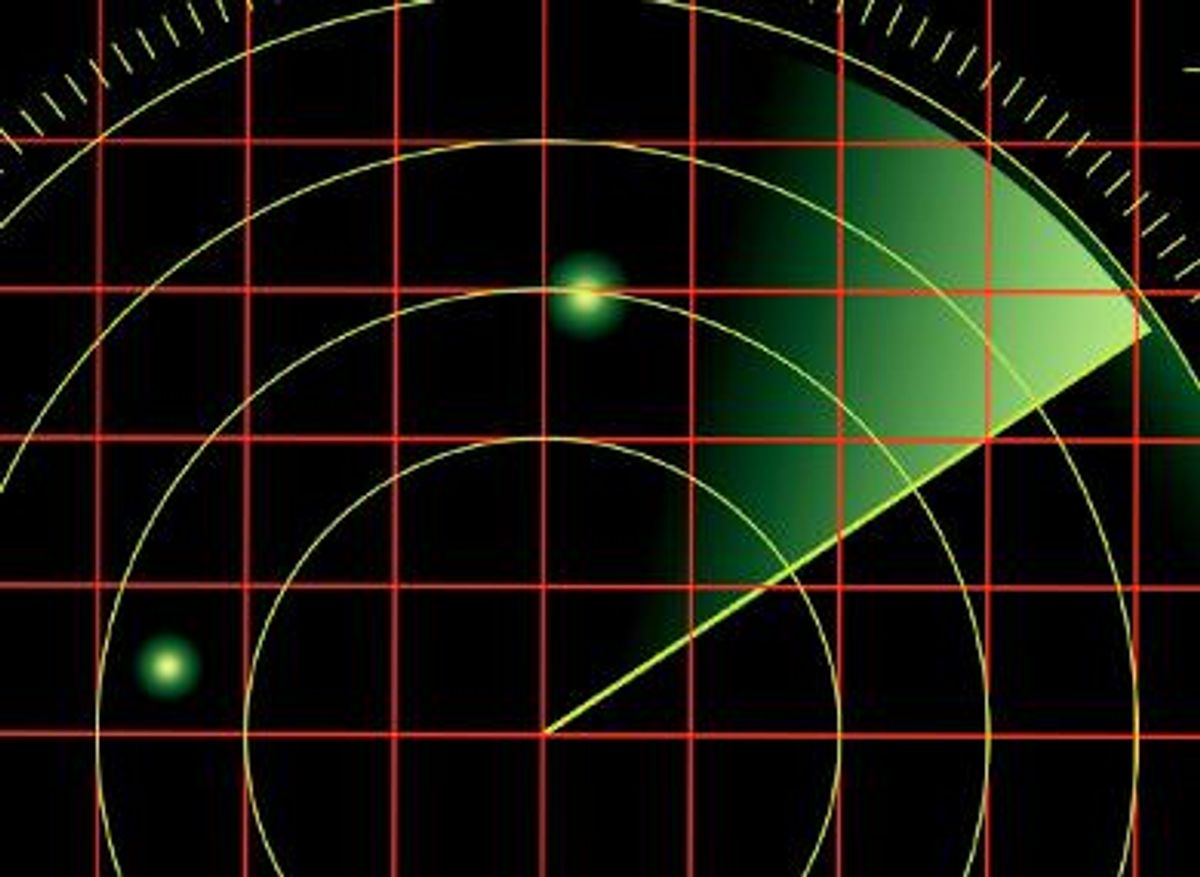Health
Oops, I Blipped Again

By continuing to use our site, you agree to our Private Policy and Terms of Use.

Remember when viral load testing and the protease inhibitor-based three-drug cocktail came out together in the mid '90s? All of us made new laboratory flow sheets with a column for viral loads, and we watched with delight as blood levels of the virus fell to undetectable.
Then we observed in the next couple years that some patients remained undetectable while others would rebound after initially falling to undetectable. But there was a third group that "blipped." These were the patients whose viral loads would periodically rise above 400 and then spontaneously fall below 400 without any explanation or change in medications. More specifically, the laboratory scientists informed us that they actually had two different ways to report less than 400 copies. One report was "undetectable," which meant that they could find no "signal" for the presence of HIV. The other report was "less than 400," which meant that there was some detectable HIV signal, but it was too small to quantify or differentiate from background "noise." We learned to live with that.
Years later ultrasensitive viral load tests, which could detect down to a level of 50 copies, became available, and suddenly some of our patients with undetectable viral loads were detectable again, with counts in the 51 to 399 range. Many of those were actually blips too, bouncing above 50 and then falling back to undetectable. In fact, there were occasions when the viral load blip was high enough that resistance testing could be performed, and these tests showed no resistance. So we learned to live with blips again.
Now, blips of a sort are happening again with the introduction of the Roche TaqMan real-time polymerase chain-reaction test. According to a report in the May issue of the Journal of Acquired Immune Deficiency Syndromes, this more-sensitive assay found nearly twice as many positive viral loads in patients previously repeatedly undetectable by the standard ultrasensitive PCR or branched DNA tests. This was especially true in the critical range just above the cutoff of 50 up to 80 viral copies. In his blog Paul Sax, MD, has reported seeing similar results in his clinic at Brigham and Women's Hospital in Boston upon beginning use of the TaqMan assay.
Fortunately, a study from England reported in HIV Clinical Trials in August 2008 found that 100% of 126 TaqMan blips returned to undetectable without a change in anti-HIV regimen. And no mutations were found by resistance testing.
No one knows if these TaqMan blips are evidence of ongoing low-level viral replication or just false-positive results. But at the same time there is no evidence that they have any clinical significance. So if your next viral load blips, ask if the lab is now using the TaqMan assay. And then relax. We can live with this.